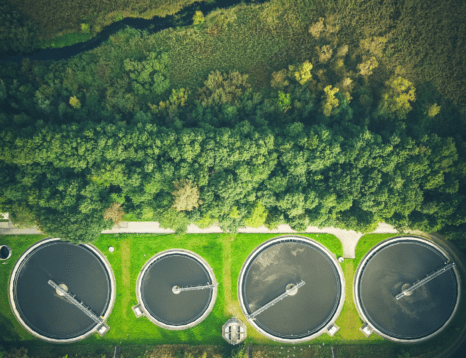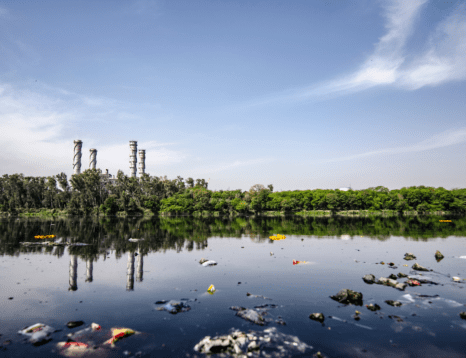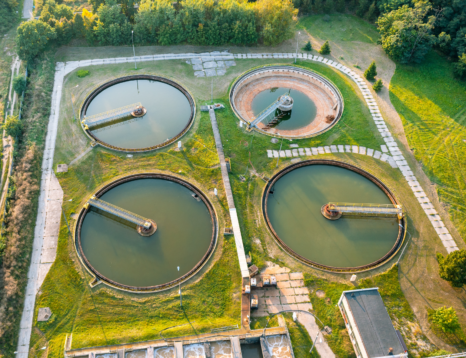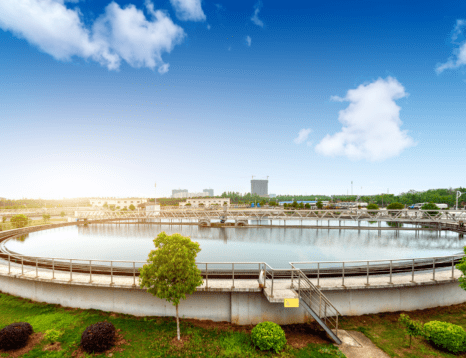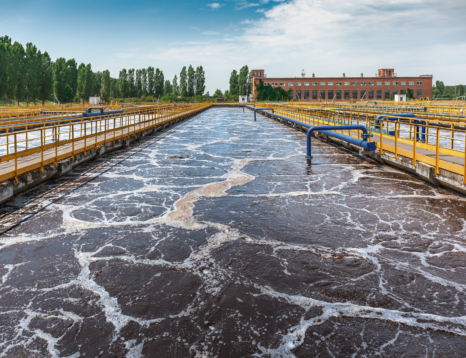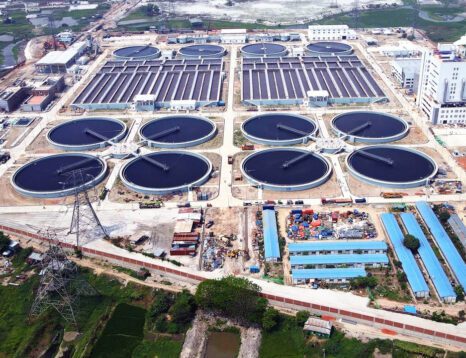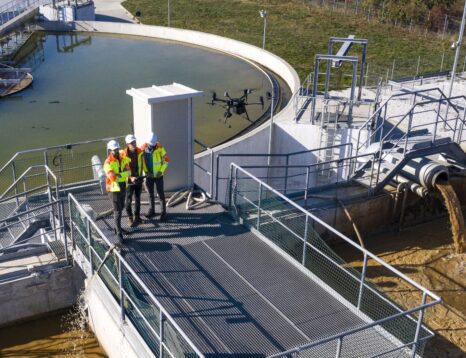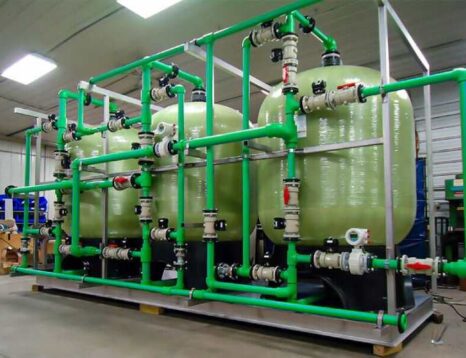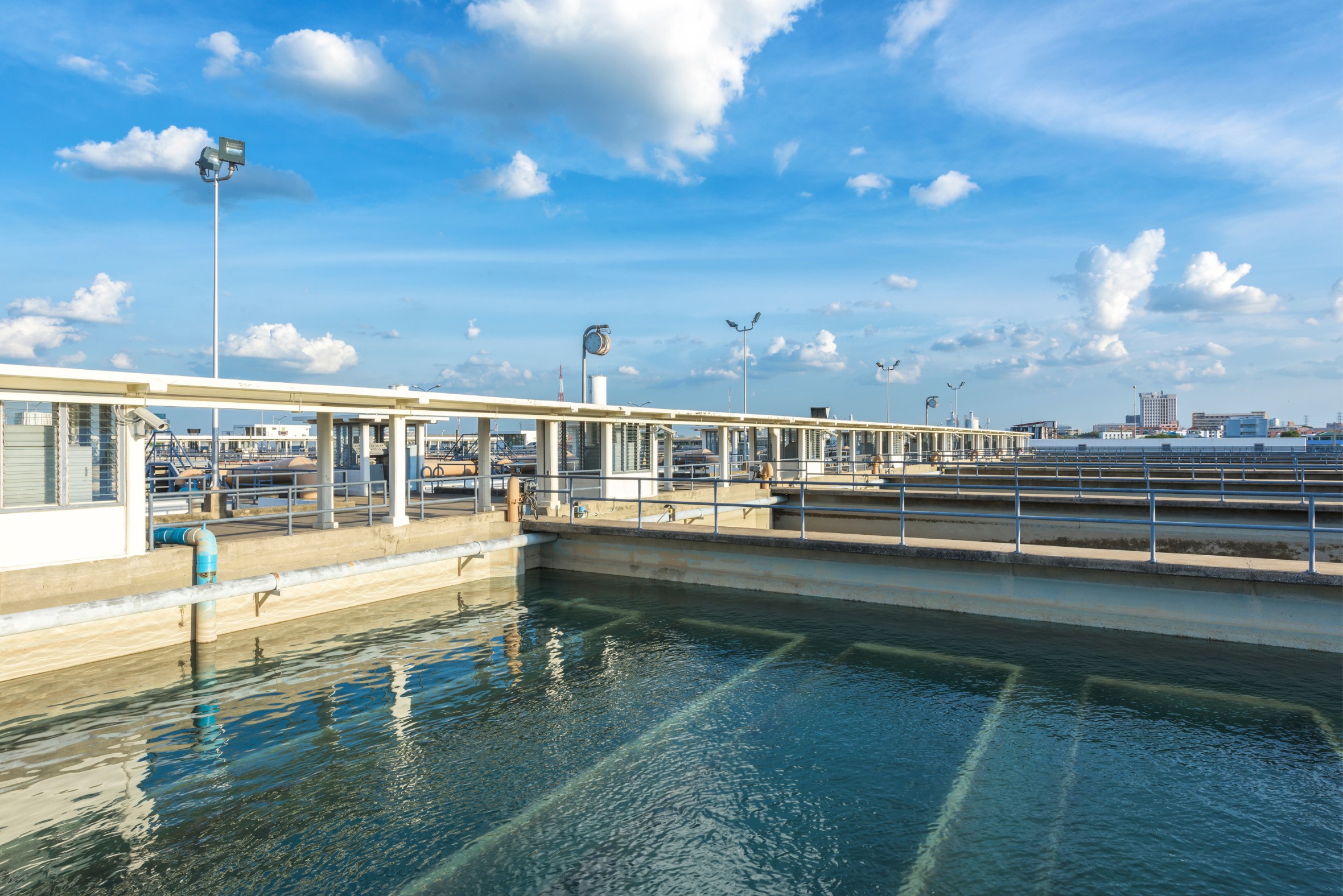
What is
wastewater treatment?
The primary goal of wastewater treatment is to ensure acceptable parameters for the treated water set by different local and international authorities such as Department of Environment (DoE) or ZDHC (Zero Discharge of Hazardous Chemicals) guidelines through removing controlling high COD, BOD, TSS, pollutants such as balancing pH level, removing pathogens (disease-causing organisms), and other considerations and other contaminants from sewage or industrial wastewater before it is discharged into the environment or reused. The treatment process may vary depending on the source and composition of the wastewater and the desired quality of the effluent.
The food industry produces wastewater that can contain harmful or hazardous contaminants. Proper treatment is necessary to remove or reduce these pollutants before discharging into water bodies or reuse. Some of the common contaminants found in food industry wastewater include high COD, high BOD, Oil & Grease, TSS, etc. Untreated wastewater can pose risks to public health and the environment. Sometimes, these limits exceed in compare to other industrial sectors such as textile (Dyeing or washing) or even tannery. Therefore, compliance with local environmental regulations and discharge limits is essential.
What are some of the
harmful chemicals found in food industry wastewater?
Wastewater treatment in the food industry is crucial for minimizing environmental pollution and ensuring compliance with regulations. The food and beverage industries generate significant amounts of wastewater containing various pollutants such as Oil & Grease, suspended solids, and potentially harmful chemicals. Proper treatment is necessary to remove or reduce these contaminants before discharge into water bodies or reuse. Kingsley Group has successfully completed a wastewater treatment project for Igloo Ice Cream.
Wastewater treatment in
the food industry
Wastewater treatment in the food industry is crucial for minimizing environmental pollution and ensuring compliance with regulations. The food and beverage industries generate significant amounts of wastewater containing various pollutants such as organic matter, nutrients, suspended solids, and potentially harmful chemicals. Proper treatment is necessary to remove or reduce these contaminants before discharge into water bodies or reuse. Kingsley Group has successfully completed a wastewater treatment project for Igloo Ice Cream.
Here's an overview of common wastewater treatment processes used in the food industry:
- Preliminary Treatment: This involves screening to remove large solids such as packaging materials, bones, and other debris that could damage equipment or interfere with subsequent treatment processes. Grinders or macerators may also be used to break down large solids.
- Primary Treatment: In this phase, physical processes such as sedimentation or flotation are employed to separate suspended solids and some organic matter from the wastewater. Primary treatment helps reduce the pollutant load before further treatment.
- Biological Treatment: Biological treatment utilizes microorganisms to break down organic pollutants in the wastewater. Common biological treatment methods include activated sludge process, aerobic and anaerobic digestion, sequencing batch reactors (SBR), and trickling filters. These processes can effectively degrade organic compounds, reducing the biochemical oxygen demand (BOD) and chemical oxygen demand (COD) of the wastewater.
- Secondary Treatment: Secondary treatment further enhances the removal of organic matter and nutrients (such as nitrogen and phosphorus) through biological processes. It ensures that the effluent meets regulatory standards for discharge or reuse. Various configurations of activated sludge systems, such as extended aeration or membrane bioreactors (MBRs), are commonly employed in secondary treatment.
- Tertiary Treatment: Tertiary treatment involves additional processes to polish the effluent to meet specific water quality requirements. This may include advanced filtration techniques (e.g., s and filtration, microfiltration, ultrafiltration), chemical treatment (e.g., coagulation, flocculation, disinfection), and advanced oxidation processes (AOPs) to remove residual contaminants and pathogens.
- Sludge Management: Treatment of the sludge generated during wastewater treatment is also essential. Sludge can undergo further processing through digestion (anaerobic or aerobic) to reduce its volume and stabilize it for disposal or beneficial reuse as fertilizer or soil conditioner.
- Resource Recovery: Increasingly, the food industry is exploring opportunities for resource recovery from wastewater, such as capturing biogas produced during anaerobic digestion for energy generation or reclaiming nutrients like phosphorus and nitrogen for agricultural use.
- Regulatory Compliance: Compliance with local environmental regulations and discharge limits is essential. Effluent quality must meet regulatory standards to avoid fines and penalties.
- Monitoring and Maintenance: Regular monitoring of treatment processes, effluent quality, and system performance is necessary to ensure effective operation. Routine maintenance and optimization of treatment equipment and processes help maintain efficiency and reliability.
Effective wastewater treatment in the food industry requires a comprehensive approach tailored to the specific characteristics of the wastewater generated by different food processing operations. Additionally, compliance with regulatory requirements and ongoing monitoring of wastewater quality are essential to ensure environmental sustainability and public health protection.
Reuse Options
of Treated Wastewater
-
- Irrigation: Treated wastewater can be used for irrigation in agriculture, providing nutrients and water to crops.
- Process Water: Reclaimed water can be reused within the food processing facility for non-potable purposes such as cleaning, cooling, and boiler feed water.
- Cooling Towers: Treated wastewater can be used to cool tower makeup water, reducing freshwater consumption.
- Toilet Flushing: Reclaimed water can be used to flush toilets in non-food contact areas of the facility.
Implementing an effective wastewater treatment and reuse system requires careful planning, investment in appropriate technology, and ongoing management to achieve environmental sustainability and regulatory compliance in the food industry.
Perspective of
Wastewater treatment in the food industry in Bangladesh
Wastewater treatment in the food industry in Bangladesh holds significant importance due to several reasons, including environmental sustainability, regulatory compliance, and public health concerns. Here's a perspective on wastewater treatment in the food industry in Bangladesh:
- Environmental Concerns: Bangladesh faces severe environmental challenges, including water pollution. Wastewater generated from food processing plants often contains organic matter, nutrients, and sometimes toxic substances such as heavy metals or chemicals used in food production. Discharging untreated or inadequately treated wastewater into water bodies can lead to contamination of surface water and groundwater, harming aquatic life and ecosystems.
- Regulatory Compliance: The Bangladesh government has regulations in place to control industrial wastewater discharge, including those from food processing plants. Compliance with these regulations is essential for businesses to avoid fines or legal actions. Proper wastewater treatment is necessary to meet these regulatory standards and protect the environment.
- Public Health: Untreated wastewater can pose risks to public health through the contamination of drinking water sources or direct exposure to polluted water. In Bangladesh, where access to clean water is already a challenge in many areas, ensuring that industrial wastewater is treated adequately is crucial for safeguarding public health.
- Resource Conservation: Wastewater from food processing plants often contains organic matter and nutrients that can be harnessed through proper treatment processes. Techniques such as anaerobic digestion can convert organic matter into biogas, which can be used for energy generation, thus promoting resource conservation and sustainability.
- Technological Solutions: Implementing effective wastewater treatment technologies is essential for the food industry in Bangladesh. This may include physical, chemical, and biological treatment processes tailored to the specific characteristics of the wastewater generated by food processing operations. Additionally, innovations such as membrane filtration, reverse osmosis, and advanced oxidation processes can help in achieving higher treatment efficiencies.
- Cost Considerations: While investing in wastewater treatment infrastructure may incur initial costs for food industry businesses, it can lead to long-term savings by avoiding fines, reducing water consumption, and even generating revenue through by-products such as biogas or treated water suitable for irrigation purposes.
- Collaborative Efforts: Addressing wastewater treatment challenges in the food industry requires collaborative efforts involving government bodies, industry stakeholders, research institutions, and non-governmental organizations. Collaborations can facilitate knowledge sharing, technology transfer, and capacity-building initiatives to improve wastewater management practices across the sector.
Conclusion
In conclusion, wastewater treatment in the food industry in Bangladesh is crucial for environmental sustainability, regulatory compliance, public health protection, and resource conservation. Implementing effective treatment technologies and fostering collaborative efforts can help address these challenges and promote sustainable development in the country's food processing sector.
Technology for a
Sustainable Future
Kingsley™ focuses on long term & sustainable future with a reliable technology.
